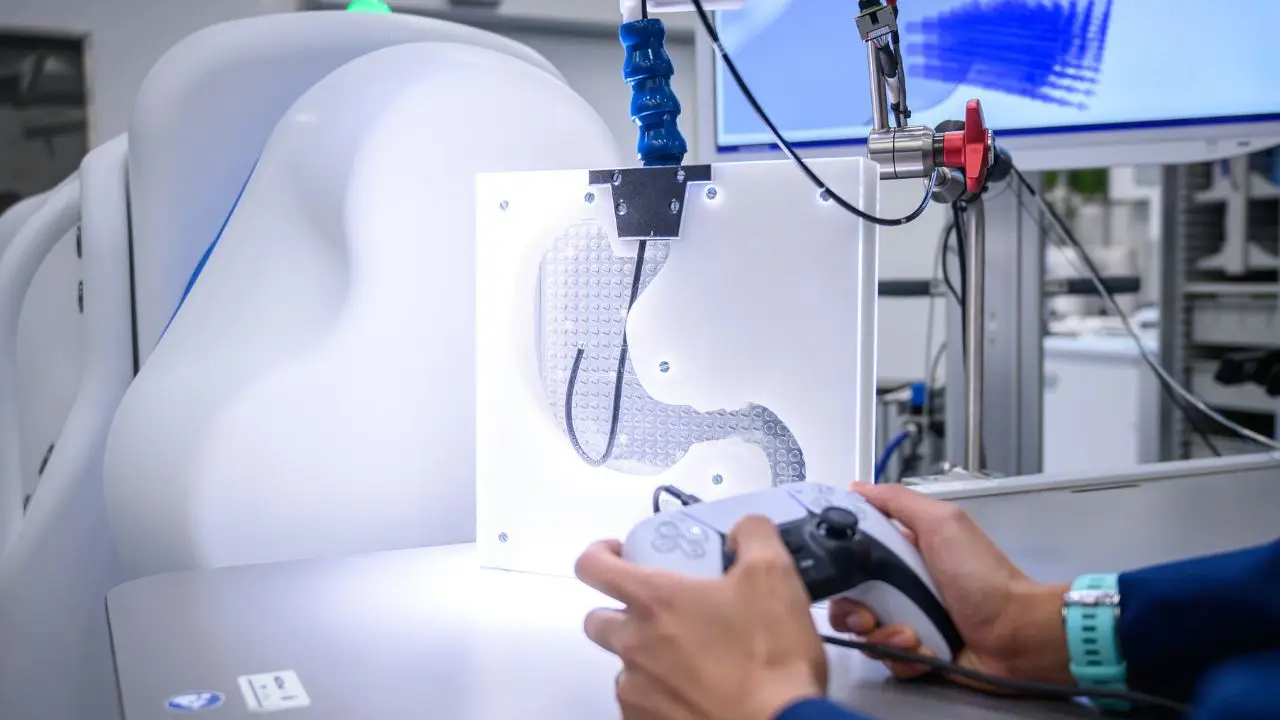In a groundbreaking experiment, surgeons in Switzerland successfully performed an endoscopic procedure on a pig 5,780 miles away in Hong Kong. This innovative feat was accomplished using a video game controller, paving the way for the future of remote surgeries in humans, particularly in areas lacking local medical expertise.
GET SECURITY ALERTS, EXPERT TIPS – SIGN UP FOR KURT’S NEWSLETTER – THE CYBERGUY REPORT HERE
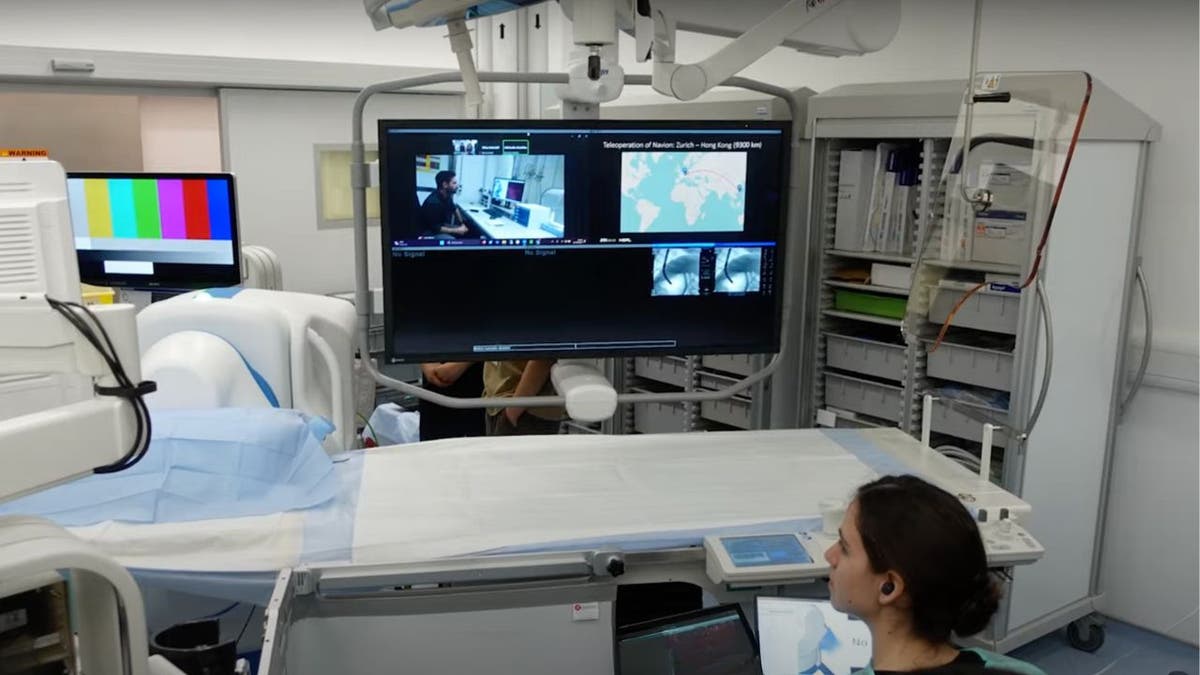
Surgeons use PlayStation controller for long-distance endoscopy (Chinese University of Hong Kong) (Kurt “CyberGuy” Knutsson)
The technology behind remote surgery
The procedure utilized a robotic system and a magnetic endoscope, connected via a direct WebSocket protocol for real-time data transfer. The Swiss surgeon operated from a control console in Zurich, viewing the procedure through a live video feed and steering the endoscope using a PlayStation 3 Move controller. Other demonstrations seem to have scientists using a PlayStation 5 controller, which would be much easier to come by these days.
This technology allows for precise navigation within the body, as the magnetic endoscope can be steered by controlling an external magnetic field, enabling complex maneuvers such as bending into a U-turn and performing biopsies.
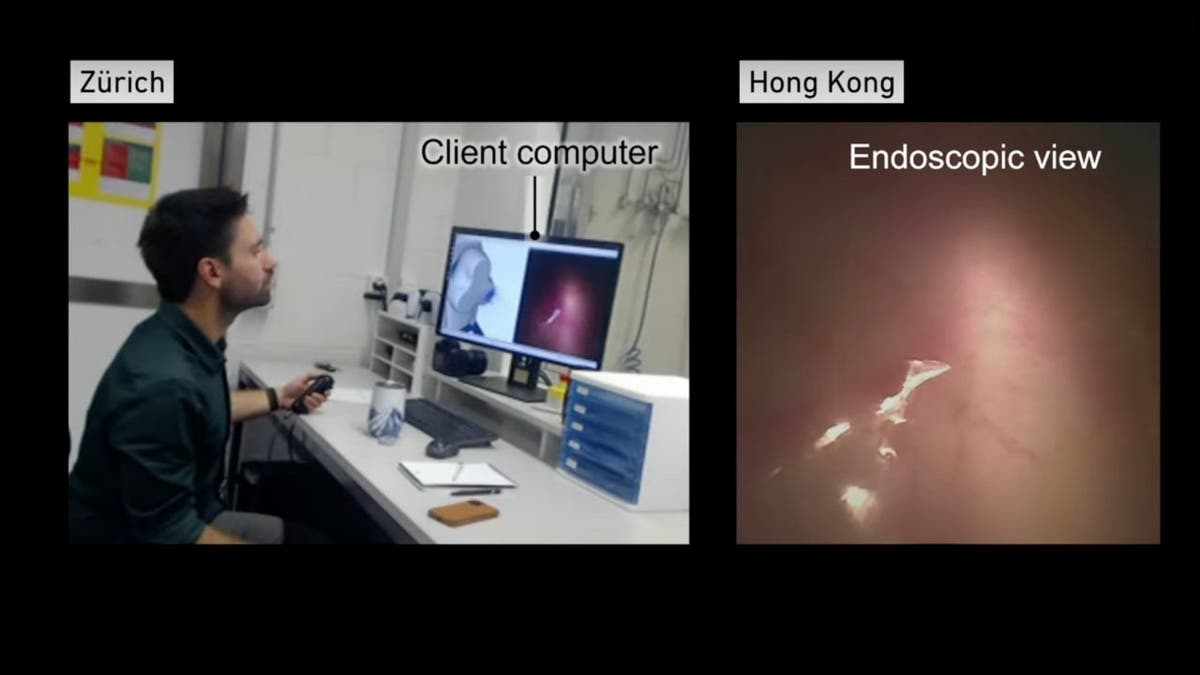
Surgeons use PlayStation controller for long-distance endoscopy (Chinese University of Hong Kong) (Kurt “CyberGuy” Knutsson)
6 APPS TO HELP YOU HANDLE MEDICAL EMERGENCIES
Latency and real-time control
One of the key achievements of this experiment was maintaining a latency of under 300 milliseconds, which is crucial for real-time surgical control. This level of responsiveness is comparable to traditional surgical settings, allowing the remote surgeon to react swiftly to any developments during the procedure.
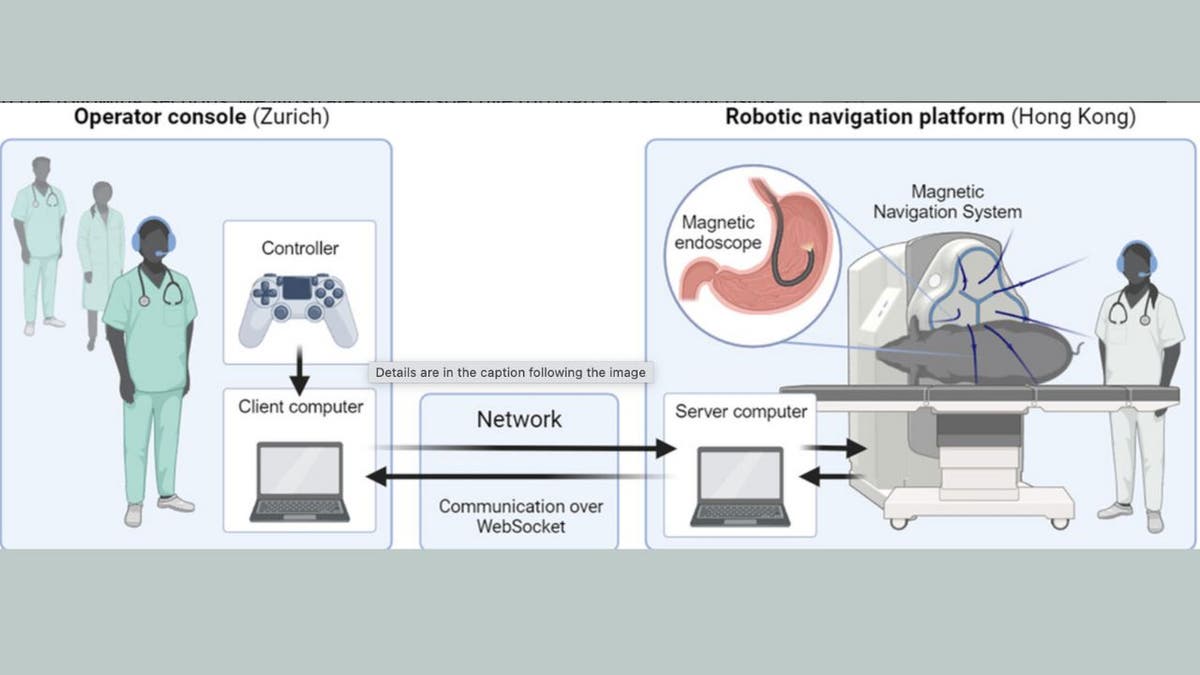
Diagram of surgeons using PlayStation controller for long-distance endoscopy (Chinese University of Hong Kong) (Kurt “CyberGuy” Knutsson)
ELON MUSK’S CREEPY BRAIN-COMPUTER INTERFACE GETS GREEN LIGHT FOR HUMAN TRIALS
The implications for health care
The success of this remote surgery highlights the potential for telesurgery to extend surgical care to remote areas where local expertise is unavailable. This is particularly significant for time-sensitive procedures and specialized surgeries. The technology could even be adapted for use in space, providing surgical solutions for astronauts far from Earth.

Surgeons use PlayStation controller for long-distance endoscopy (Chinese University of Hong Kong) (Kurt “CyberGuy” Knutsson)
WOULD YOU TRUST A ROBOT WITH YOUR SMILE?
Challenges and considerations
Despite the promising results, there are challenges to overcome. Establishing a reliable, high-speed internet connection is critical, as is ensuring effective communication between the remote surgeon and local staff. Moreover, the safety and precision of robotic systems must be prioritized to avoid complications during procedures.
HOW TO REMOVE YOUR PRIVATE DATA FROM THE INTERNET
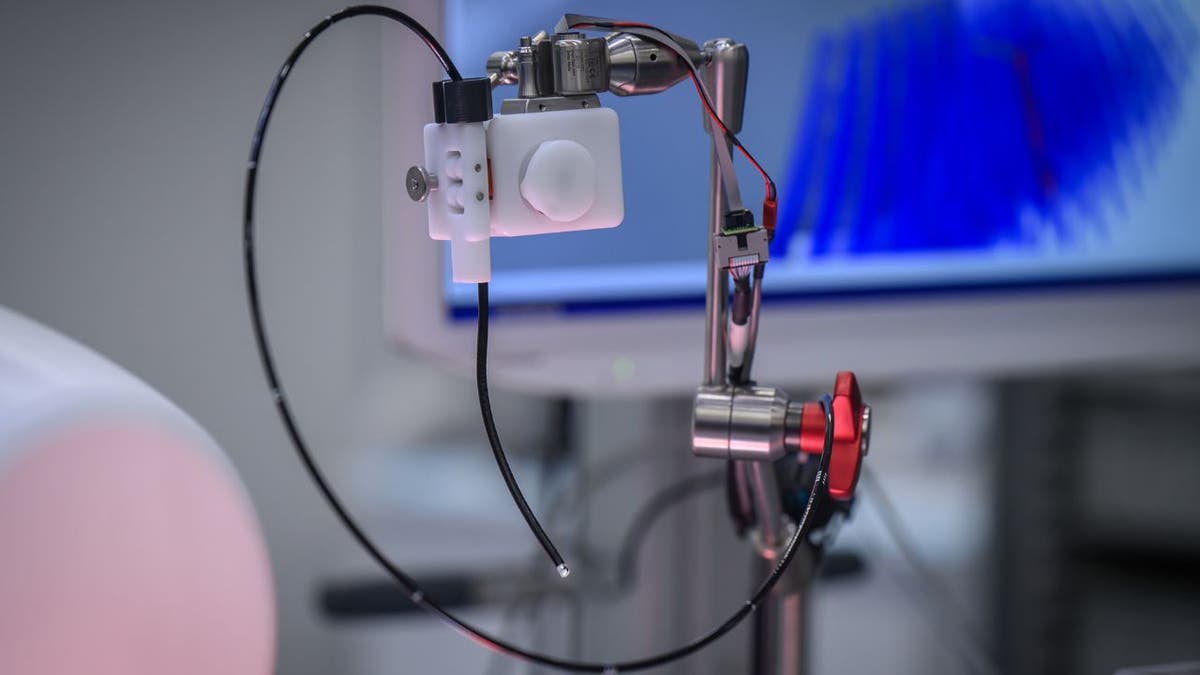
Surgeons use PlayStation controller for long-distance endoscopy (Chinese University of Hong Kong) (Kurt “CyberGuy” Knutsson)
Kurt’s key takeaways
The advancement of robotic magnetic navigation technology represents a groundbreaking advancement in the field of telesurgery. By overcoming geographical barriers, this technology not only enhances access to surgical expertise but also holds the promise of transforming the landscape of minimally invasive procedures. As research continues and more successful trials are conducted, the reality of remote surgeries becoming a routine part of medical practice may soon become a reality, benefiting countless patients worldwide.
Would you feel comfortable undergoing a surgical procedure performed remotely by a surgeon located thousands of miles away? Let us know by writing us at Cyberguy.com/Contact.
For more of my tech tips and security alerts, subscribe to my free CyberGuy Report Newsletter by heading to Cyberguy.com/Newsletter.
Ask Kurt a question or let us know what stories you’d like us to cover.
Follow Kurt on his social channels:
Answers to the most asked CyberGuy questions:
New from Kurt:
Copyright 2024 CyberGuy.com. All rights reserved.
